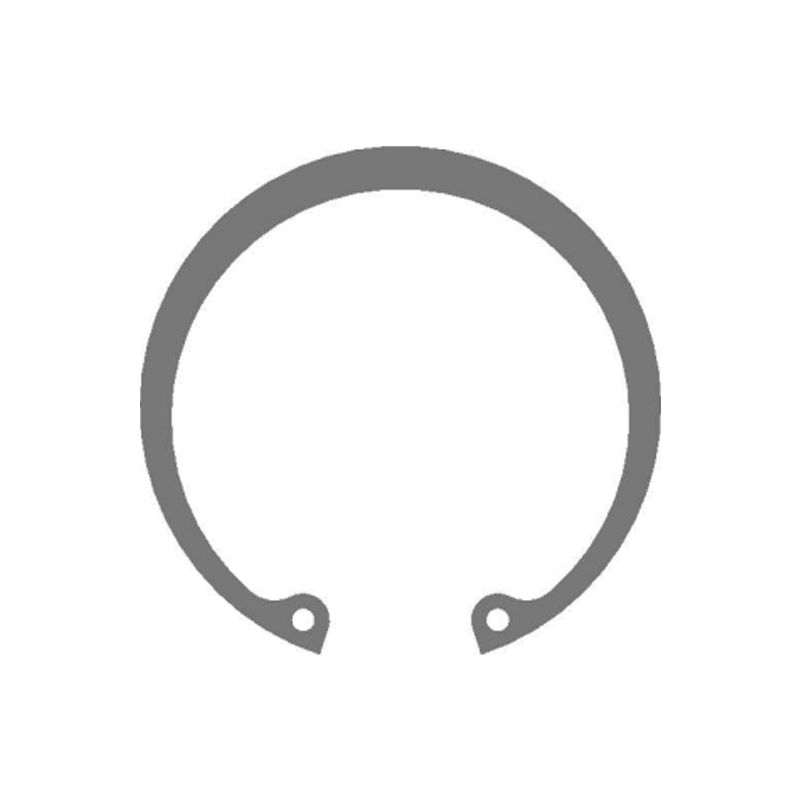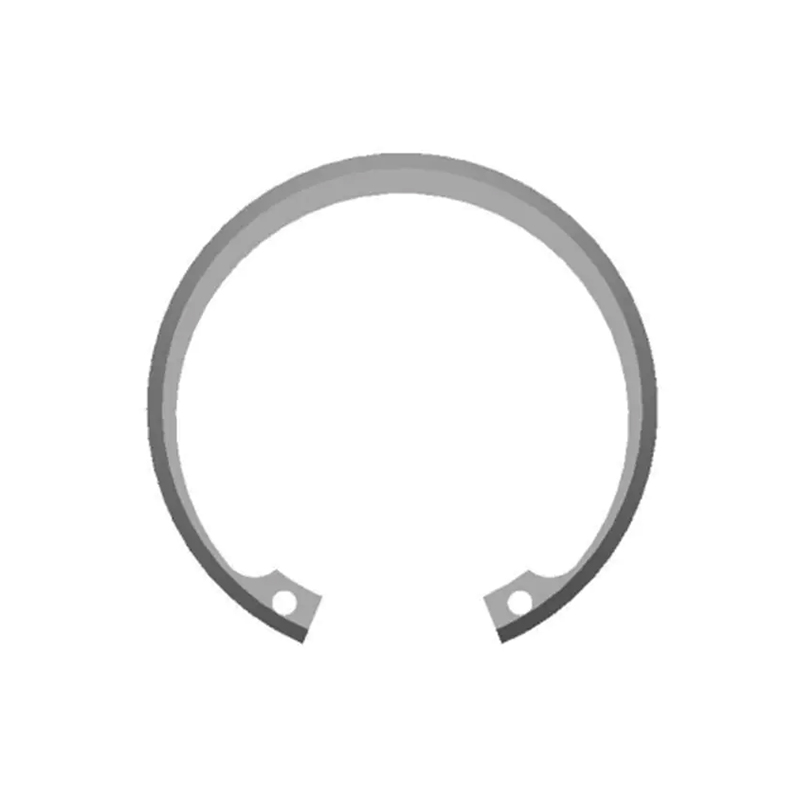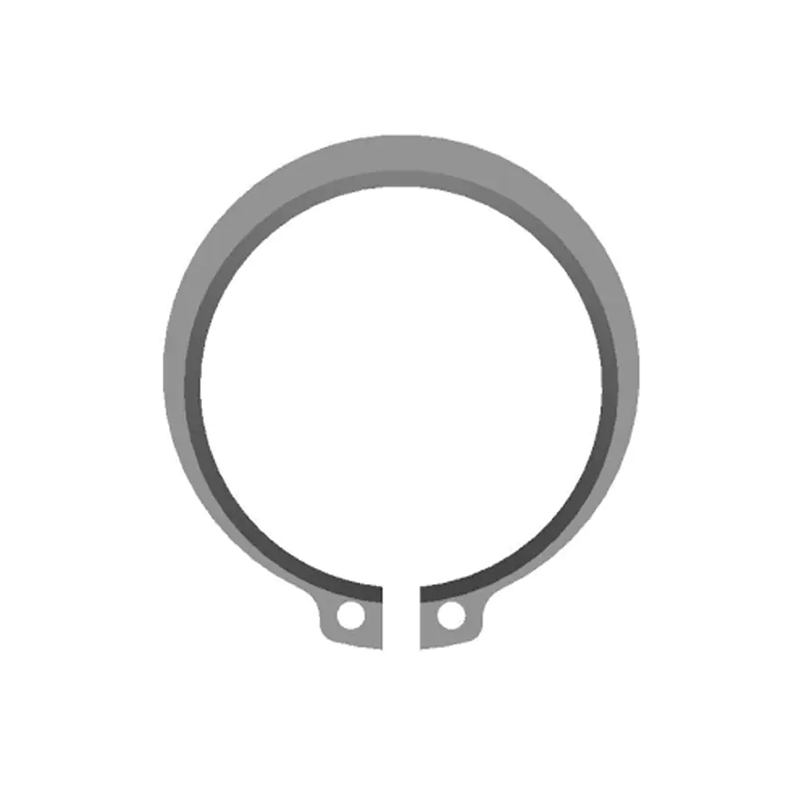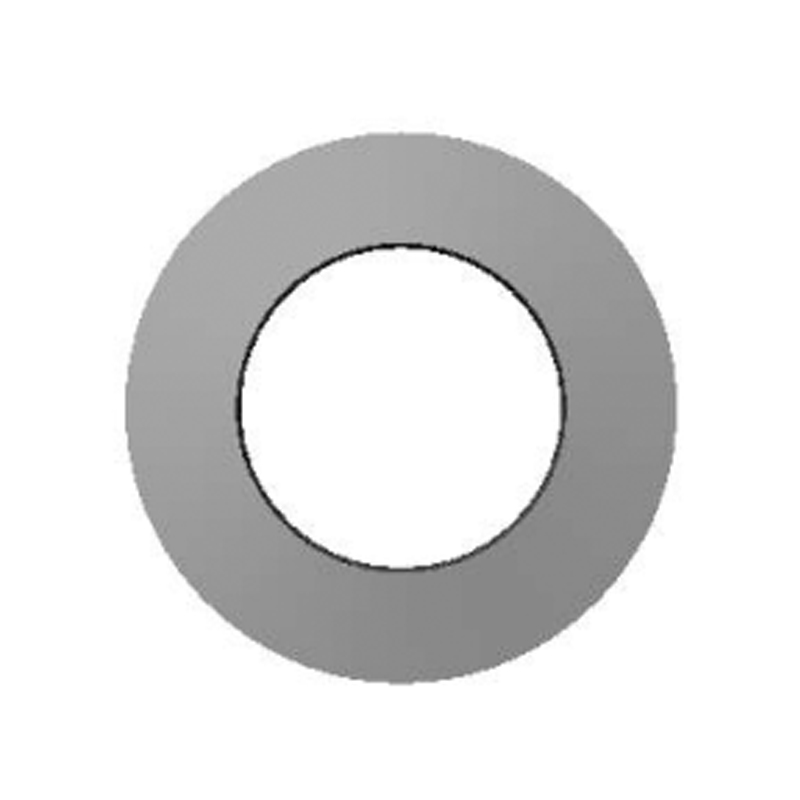In mechanical assemblies and precision machinery, even the smallest components can play a pivotal role in maintaining performance, reliability, and safety. Among these critical parts, snap rings—also known as circlips or retaining rings—are small but essential. They provide secure axial positioning of components, prevent movement along shafts or within bores, and help avoid catastrophic failures. Understanding what snap rings are, how they function, and how to install them properly is essential for engineers, technicians, and maintenance personnel.
What Are Snap Rings?
Snap rings are thin, circular metal rings designed to fit into a groove on a shaft or inside a bore. They are typically made of high-carbon spring steel, stainless steel, or other durable alloys, providing the resilience necessary to handle axial loads, vibrations, and dynamic forces.
Snap rings come in two main types:
- Internal Snap Rings: Fit inside a bore or housing, expanding slightly to lock in place within the groove.
- External Snap Rings: Fit over a shaft, compressing slightly to snap into the groove.
Key features of snap rings include:
- Interrupted Circle: A small gap allows the ring to expand or compress during installation.
- Lug Holes or Tabs: Provide points for specialized pliers to install or remove the ring safely.
- Spring Action: The ring’s inherent tension keeps it firmly seated in the groove, maintaining axial positioning.
Functions of Snap Rings
Snap rings are more than just small metal rings—they perform critical mechanical roles in countless applications:
-
Axial Location: Snap rings prevent components such as bearings, gears, pulleys, and wheels from sliding along shafts or out of housings. They act as mechanical stops to ensure precise positioning.
-
Load Retention: In high-speed or high-load assemblies, snap rings resist axial thrust, vibration, and centrifugal forces, ensuring that parts remain in their intended positions.
-
Ease of Maintenance: Snap rings allow for disassembly without damaging components. Bearings or gears can be removed and replaced easily, saving time and reducing costs.
-
Space Efficiency: Unlike bulky fasteners or collars, snap rings occupy minimal space while still providing reliable retention.
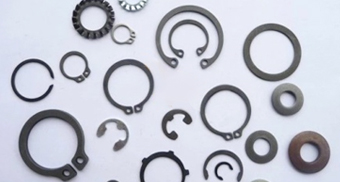
Proper Installation of Snap Rings
Correct installation is essential for performance and safety. Improper handling can lead to component damage, circlip failure, or injury. Follow these guidelines:
1. Use the Right Tools
Always use snap ring pliers designed for the type and size of the ring. Using screwdrivers, standard pliers, or improvised tools can deform the ring, damage the groove, or cause the ring to spring out unexpectedly.
2. Verify the Groove
Snap rings function only when properly seated in the groove. Check that the groove’s dimensions—width, depth, and root radius—match the manufacturer’s specifications. Clean and smooth grooves reduce wear and allow the ring to seat fully.
3. Correct Orientation
Ensure the snap ring is facing the correct direction. Internal rings expand to fit inside bores, while external rings compress over shafts. Installing a ring backwards can compromise retention and may result in failure.
4. Avoid Overstretching or Overcompressing
Snap rings are designed to flex within a specific range. Overstretching an internal ring or overcompressing an external ring can weaken the spring tension, making it less effective and prone to failure.
5. Inspection and Replacement
Inspect snap rings for cracks, corrosion, or deformation before installation. Do not reuse rings that have been removed, as their spring properties may be compromised. Replace damaged rings immediately to maintain reliability.
Common Applications
Snap rings are used across multiple industries and applications:
- Automotive: Transmissions, wheel hubs, steering systems, and engine components.
- Industrial Machinery: Gearboxes, motors, pumps, and compressors.
- Aerospace: Actuators, control systems, landing gear components.
- Consumer Appliances: Washing machines, dryers, and power tools.
- Electronics & Medical Devices: Precision motors, pumps, and diagnostic equipment.
Conclusion
Snap rings, though small and often overlooked, are essential components in mechanical assemblies. Their ability to provide reliable axial retention, resist dynamic forces, and allow for easy maintenance makes them indispensable in engineering and industrial applications. Proper selection, careful installation, and routine inspection are critical to ensuring the longevity and safety of the machinery they support.
By understanding the functions and correct handling of snap rings, engineers and technicians can ensure secure, efficient, and reliable operation of their systems. Whether in automotive, aerospace, industrial, or consumer applications, snap rings are foundational to the performance of precision assemblies.




